The Rise of Multi-Generational Home Buying: What It Means for the Future of Real Estate
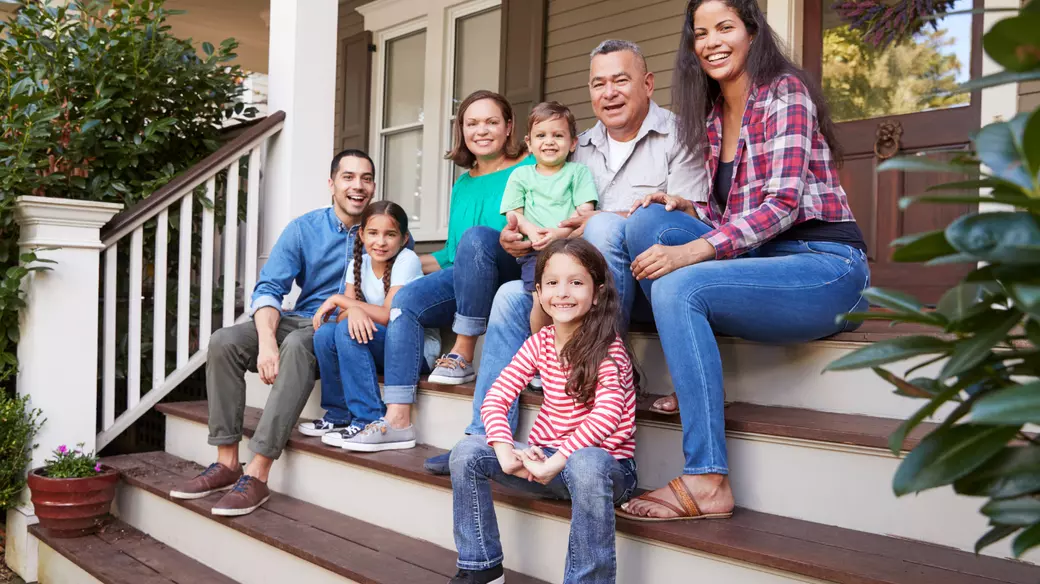
In a trend that’s reshaping the real estate landscape, multi-generational home buying has hit a record high. According to the National Association of Realtors (NAR), 17% of homes purchased last year were multi-generational, the highest percentage since the organization began tracking this data in 2013. This surge highlights a significant shift in how families live and plan for the future. But what’s driving this trend, and what does it mean for buyers, sellers, and the real estate market as a whole?
Why Are More Families Choosing Multi-Generational Living?
-
Economic Pressures
The rising cost of living, inflation, and soaring home prices have made it more challenging for individuals to afford housing independently. By pooling resources, families can invest in larger homes that accommodate everyone’s needs while reducing financial strain. -
Caring for Aging Parents
With the population of seniors growing, many families are choosing to bring aging parents under one roof. This arrangement allows for shared caregiving responsibilities and minimizes the need for expensive assisted living or nursing home care. -
Support for Younger Generations
Millennials and Gen Z buyers are facing unique challenges, such as high student loan debt and limited inventory in the entry-level housing market. Living with parents or grandparents allows younger family members to save money and work toward their own financial goals. -
Cultural Preferences
In many cultures, multi-generational living has always been the norm. As the U.S. grows increasingly diverse, these cultural values are influencing broader trends in homeownership. -
Flexibility in a Post-Pandemic World
The pandemic reshaped how we view our homes. Remote work, online schooling, and the need for childcare have made multi-generational living an attractive solution for many families seeking convenience and support.
What Does This Mean for the Real Estate Market?
-
Increased Demand for Larger Homes
Multi-generational buyers typically look for homes with more bedrooms, bathrooms, and flexible spaces, such as in-law suites or finished basements. Builders and developers are taking note, creating floor plans designed to meet these unique needs. -
New Financing Considerations
Lenders may see more families applying for joint mortgages, which could change the dynamics of how loans are structured and approved. -
Shifting Buyer Priorities
Buyers are prioritizing proximity to amenities, such as schools, medical facilities, and public transportation, that benefit all generations in the household. -
A Need for Creative Real Estate Solutions
Real estate professionals must understand zoning laws, renovations, and custom solutions that can make homes more accommodating for multi-generational families.
Is Multi-Generational Living Here to Stay?
As housing costs remain high and caregiving needs grow, multi-generational living is likely to become even more prevalent. This trend is not just a response to economic challenges—it’s a lifestyle choice that fosters stronger family bonds and shared support systems. For the real estate market, it represents an opportunity to innovate and better serve evolving buyer demands.
Let’s Find the Perfect Home for Your Family
If you’re considering a multi-generational home or need advice on navigating this growing trend, I’d love to help. With my experience and expertise in Long Beach real estate, I can guide you through every step of the process—from identifying homes that fit your needs to negotiating the best deal.
Contact me today to start your journey toward finding a home that works for everyone in your family. Together, we’ll create a plan that turns your vision into reality.
Maiyah Jimenez
MJ & Associates Realty Group | Real Broker
Specializing in cities within South Los Angeles County
📞 Call/Text: 562-561-1242
📧 Email: team@sellingsouthlacounty.com
🌐 @sellingsouthla
Categories
Recent Posts
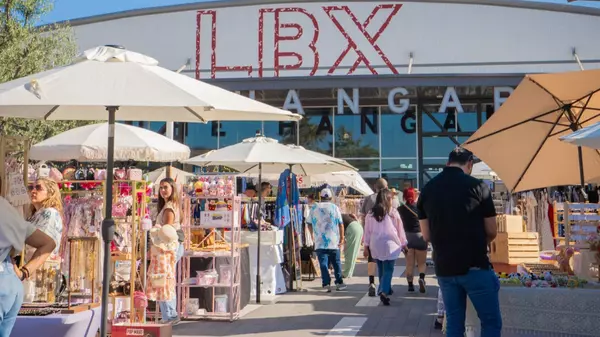




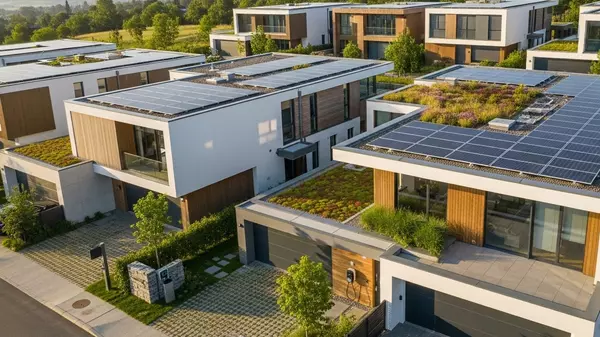
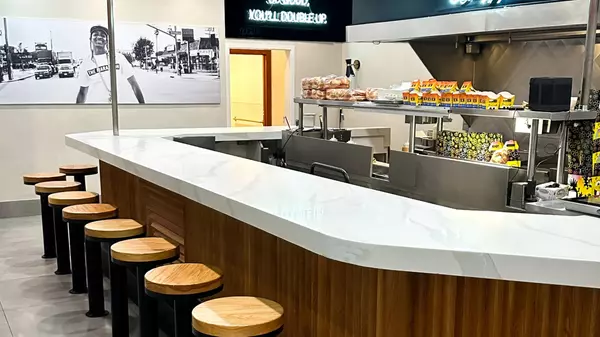


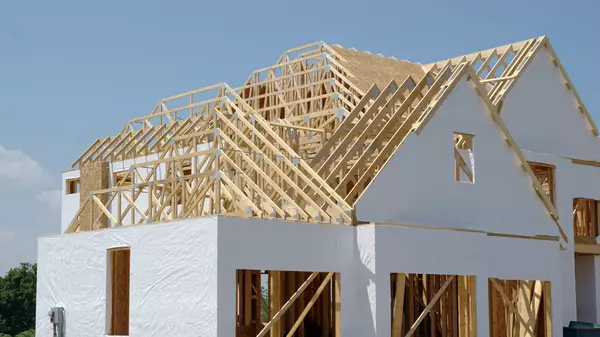
GET MORE INFORMATION


